“I recognized Orion, the Pleiades and, in the background, Cassiopeia.”
A 2,500-year-old celestial map carved into the surface of a round stone was found in Italy. Two round stones measuring 50 centimeters in diameter were discovered at Castellere di Rupinpiccolo, an ancient hilltop fortress in the Italian province of Trieste, and one of them may be one of the oldest celestial maps found in Italy.
 Photo: INAF
Photo: INAF
The discovery was announced in a press release from the Italian National Institute of Astrophysics (INAF). As noted by arkeonews.net, Castellere di Rupinpiccolo is a defensive structure that was used as a fortification in the era between 1800 and 1650 BC.
Among the many castles in the karst area, Rupinpiccolo Castle is one of the best preserved. It stands just outside the city, on a limestone hill, the top of which is surrounded by a wall 3-4 meters thick, but in some places reaches 7 meters. The height is preserved at a maximum of 3 meters, but originally it must have reached 7-8 meters.
Two large round stones — two thick disks with a diameter of about 50 cm and a depth of 30 cm — were found near the entrance to castle and attracted the attention of archaeologists.
According to the researchers, one of the stones is an image of the sun, while the other is a carved celestial map dating back to the 4th century BC.
The German astronomical journal Astronomische Nachrichten published a study on the rocks, in which the study's authors stated that the celestial map shows the sky over Rupinpiccolo some 2,500 years ago, making the discovery the oldest known celestial map compiled in Italy.
“Federico Bernardini, whom I did not know, contacted me and told me that he needed an astronomer,” Molaro told Inaf media, “because he seemed to have identified the constellation Scorpius on a stone from Carso. My first reaction was disbelief, given that the southern part of Scorpio is just above the horizon at our latitudes. But then, finding that the precession of the equinoxes raised it by about 10-12 degrees and an impressive alignment with the constellation, I began to delve deeper into the question… So, I identified Orion, the Pleiades and, in the background, Cassiopeia. All points are present except one.”
The researchers also used Stellarium software to simulate the night sky because a star called Theta Scorpii was so low on the horizon in the 1800s BC that it cannot be seen today.
But let's move on to the 29 signs on the map, continues Arkeonews. All but one are superimposed on the stars Scorpio, Orion, Pleiades and probably — also given the 5 signs on the back of the stone — Cassiopeia. The authors clarify that this is a coincidence with very high statistical significance. In other words, it is extremely unlikely that the placement of these signs was purely random. And not only that: deviations from the true position are on the order of the size of the signs, which indicates considerable care in execution.
All but one — but the 29th sign could also have been there intentionally. The intruder could represent a supernova, the authors suggest. Or the so-called “failed supernova”. So, one of those objects that astronomers call transient: at a certain moment they appear, and then disappear again. If this were the case, the researchers suggest, there could be a black hole at this point in the sky today.
The Disc of Nebra, a bronze artifact from Germany dating from around 1600 BC, with gold inlays depicting The Sun, Moon and Pleiades is probably the oldest known depiction of the night sky. However, this is more of a symbolic image than an actual map. To obtain “accurate” maps we must go back to the first century BC, during which the maps most likely came from the Hipparcos catalog of 135 BC.





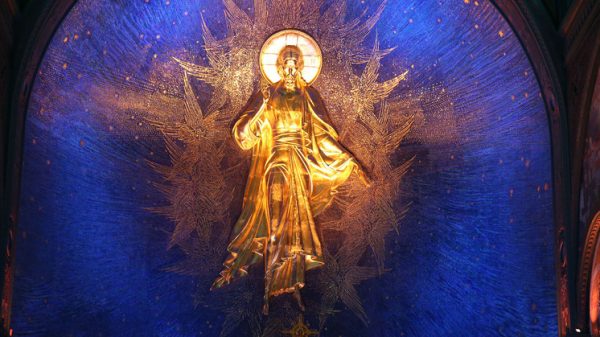


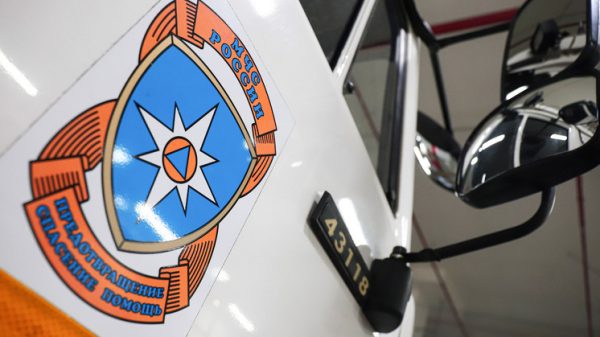









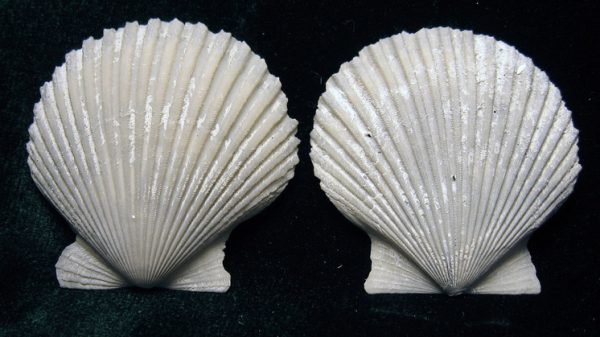

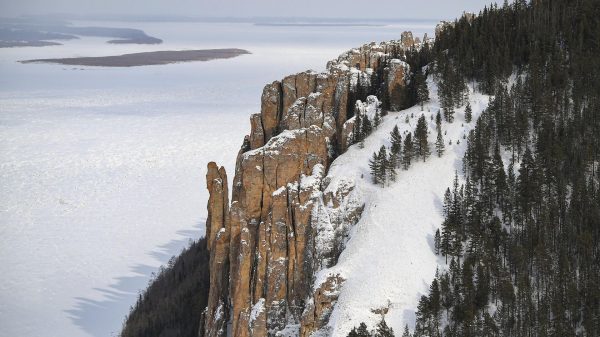
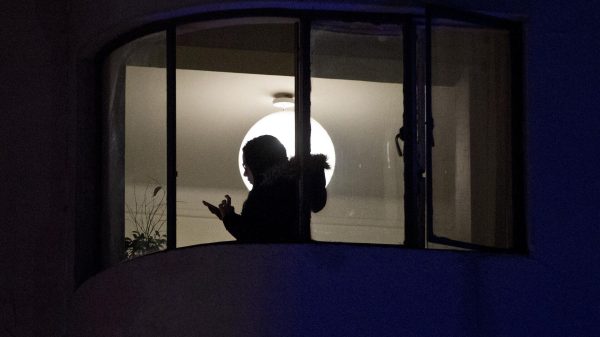






























Свежие комментарии